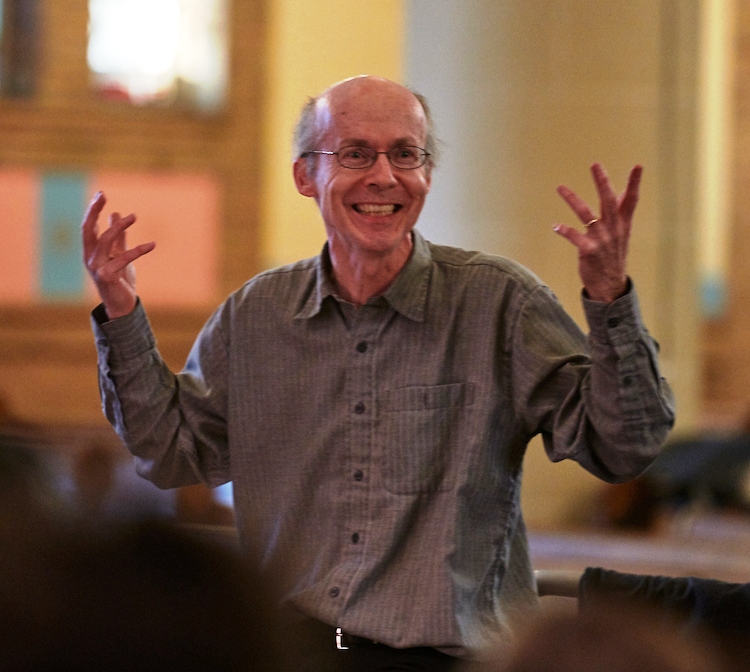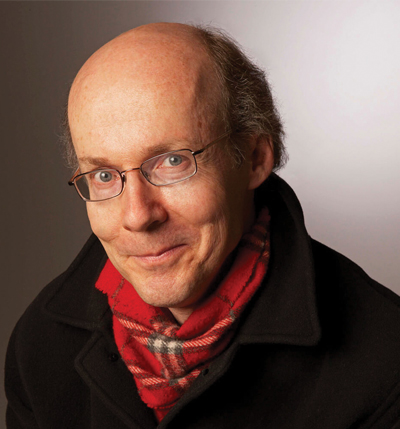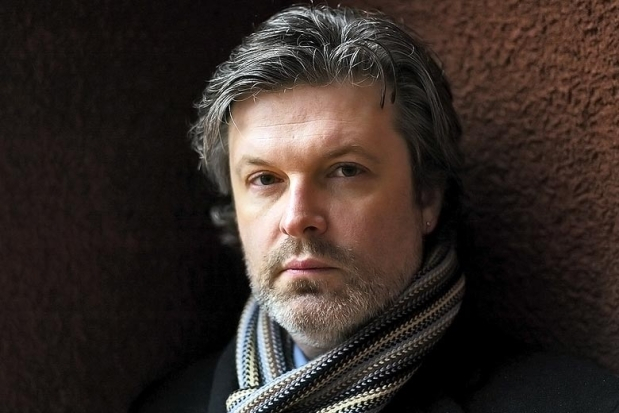Program Notes
Media Room
April 4, 2019
Sacred Music for a Sacred Space 2019 Program Notes
2018-19 Season

Welcome to Sacred Music for a Sacred Space. All of the works on tonight’s program come from the 20th century, the first half from France and Switzerland, the second half from eastern Europe and Russia, with the exception of Healey Willan’s masterpiece which concludes the evening.In earlier periods of European musical history, sacred music was often written by composers who essentially earned their living from the church, and one cannot really know how much the composer was writing from a position of deeply held faith, or writing what was required, often brilliantly, much as an opera composer has to be able to create music which is suitable to many situations or characters. As the influence of the church as employer diminished in the late Baroque and Classical periods, less sacred music was written, and the 19th century sees much more emphasis on symphony, opera and chamber music than on sacred music. There are not many Romantic composers whose chief claim to renown is their sacred music, and it is not by chance that the greatest works of 19th century sacred music are Requiems (Verdi, Berlioz, Brahms), in which one muses on death, a human condition not restricted to people of faith.So by the 20th century it is a decided choice for a composer to write sacred music, and many of the composers represented tonight write from a position of faith, if not always entirely orthodox.
February 11, 2019
Program Notes: Handel and Haydn, February 2019
2018-19 Season

Haydn’s Missa in tempore belli (Mass in time of war) is so called because it was written in 1796-97 as Napoleon’s forces were advancing towards Vienna. In German-speaking countries it is often referred to as the Paukenmesse (Timpani Mass): the timpani does play a significant part in the mass, especially in the Agnus Dei where Haydn uses a brilliant drum solo to heighten the intensity of the movement’s prayer for mercy and peace.
The mass has many extraordinary touches. The overall feel is optimistic and confident, appropriate to the basic key of C major, but the beautiful cello and bass singer duet at the Qui tollis in the “Gloria”, the deeply moving Et incarnatus est in the “Credo” and the gorgeous harmonic colouring at so many moments mark this mass as the work of a great composer working at the height of his powers.
January 9, 2018
Composer’s Commentary on Seven Last Words from the Cross
2017-18 Season

James MacMillan’s Seven Last Words from the Cross was commissioned by BBC Television and first screened in seven nightly episodes during Holy Week 1994, performed by Cappella Nova and the BT Scottish Ensemble under Alan Tavener.
The traditional text of the Seven Last Words from the Cross is based on a compilation from all four gospels to form a sequential presentation of the last seven sentences uttered by Christ. Composer James MacMillan comments on all seven movements.
December 4, 2017
On the history of Christmas carols and brass bands
2017-18 Season

“The typical carol gives voice to the common emotions of healthy people in language that can be understood, and music that can be shared by all.” Percy Dearmer (1867-1936)
The singing of Christmas songs and carols with music for brass instruments goes hand-in-hand – like mistletoe and eggnog, or turkey and cranberry sauce. Christmas carols date back to pagan times, originally used to mark the end of one season and the start of the next. As Christianity grew, carols gradually developed a link to the birth of Jesus, but the association to paganism remained in the shadows and the singing of carols was prohibited at times. In the 19th century, the Victorians reinvented Christmas as a sentimental festival of good cheer with families and friends and the carol enjoyed a renaissance. Many new carols and songs, in a pseudo-traditional style were written, and there was a conscious shift from the nativity story to a focus on the more secular, festive pleasures of Christmas like the winter solstice, eating, drinking and Santa Claus. By the end of the 19th century, small English parish churches began the Christmas Eve practice of lessons, prayers and a short sermon mingled with a variety of carols. It was later expanded to a festival of nine lessons and carols, made popular around the world in the 20th century by King’s College, Cambridge in England.
February 14, 2017
Sacred Music for a Sacred Space 2017 Program Notes
2016-17 Season

Noel loves the rich choral repertoire of the entire Easter season, and enjoys combining ancient music with contemporary. “The new has often been influenced by the old,” he says. “It’s like living in a modern house but with wonderful antique furnishings throughout. Both are worthy and both provide the sense of calm and personal reflection I love.”
October 18, 2016
Festival of Carols 2016 Program Notes
2016-17 Season

Noel Edison, celebrating his 20th season as TMC Artistic Director and Conductor, instigated the annual TMC Festival of Carols in the early years of his tenure. His goal has not wavered – to present a festive evening of celebration containing a wide variety of seasonal music from around the world, old and new, original compositions as well as arrangements.
September 27, 2016
Elijah Program Notes
2016-17 Season

Noel Edison speaks on why he chose Felix Mendelssohn’s Elijah to celebrate his 20th season with the Choir: “How could I not choose a work by Felix Mendelssohn, the namesake of the Choir? And Elijah is one of my all-time favourite orchestral-choral works. Orchestral works are in the Choir’s DNA and this work is chock-full of big chorus effects. I love the drama and the way the story plays out — it’s religious opera bursting with the hellfire and brimstone of the Old Testament. And it’s tuneful and fulfilling, full of one beautiful piece after another. Enjoy!”
April 6, 2016
The Creation Program Notes
2015-16 Season

The opening orchestral introduction, called “The Representation of Chaos” is famous. Haydn paints the dark, frightening void just prior to creation by using snippets of melody, vague rhythms, strange harmonies, awkward dissonances and sudden outbursts. “There is nothing else quite like it,” claims Noel Edison. “It’s the Big Bang expressed in music, and was way ahead of its time!”

